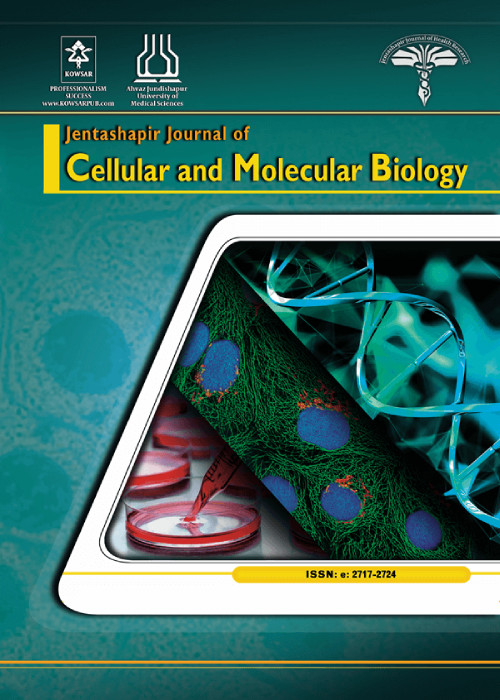Effects of Magnesium Oxide and Zinc Oxide Nanoparticles on Motor Activity, Electrocardiographic Parameters, and Oxidative Stress in an Acute Restraint Stress Model of Rats
Stress can alter behavioral parameters, oxidative stress markers, and electrocardiographic (ECG) records. Also, metal oxide nanoparticles can affect behavioral and oxidative stress parameters in animal models, but their effects on the physiological functions of the body in stress situations and ECG changes are not yet clear.
In this study, motor activity, ECG records, and oxidant/antioxidant balance changes were investigated following administration of nanoparticles of magnesium oxide (nano-MgO) and zinc oxide (nano-ZnO) in normal and acute restraint stressed rats.
Adult male Wistar rats were divided into 16 groups, including control (saline), restraint stress (90, 180, and 360 minutes + saline), nano-MgO, and nano-ZnO (1, 5, and 10mg/kg, intraperitoneally) groups, with or without restraint stress of 90minutes. Motor activities were evaluated by the elevated plus maze (EPM) and open field tests. Electrocardiographic parameters were evaluated in the 6 groups. Catalase (CAT) activity and malondialdehyde (MDA) level were measured in the cerebellum + brain stem and brain hemispheres of animals.
Motor activity was decreased by the stress of 90 minutes, nano-MgO 10 mg/kg, and nano-ZnO 10 mg/kg. The PR interval and ST height were decreased by the stress of 90 minutes. The QRS interval was increased by nano-MgO 5 mg/kg, and QRS amplitude, T amplitude, and ST height were decreased by nano-MgO 5mg/kg. The QT interval and QTc were increased by nano-ZnO 5mg/kg, and ST height was decreased by nano-ZnO 5 mg/kg. The PR interval, QRS interval, QTc, and QT interval were increased by nano-MgO 5 mg/kg in the stress of 90 minutes, and the heart rate (HR) and ST height were decreased by nano-MgO 5 mg/kg in the stress of 90 minutes. HR, QRS interval, and QTc were increased by nano-ZnO 5 mg/kg in the stress of 90 minutes, and T amplitude and ST height were decreased by nano-ZnO 5 mg/kg in the stress of 90 minutes. The MDA level was increased by nano-MgO and nano-ZnO in the brain hemisphere and cerebellum + brain stem, and CAT activity was decreased by nano-MgO and nano-ZnO in the brain hemisphere and cerebellum + brain stem. The MDA level was increased by the restraint stress of 360 minutes in the cerebellum + brain stem while it was not changed in the brain hemispheres.
It seems that the side effects of these nanoparticles on motor activity could be related to the imbalance of oxidant/antioxidant systems in the cerebellum + brain stem. Also, it is possible that nanoparticles increase the effects of acute stress on changes in ECG parameters.
- حق عضویت دریافتی صرف حمایت از نشریات عضو و نگهداری، تکمیل و توسعه مگیران میشود.
- پرداخت حق اشتراک و دانلود مقالات اجازه بازنشر آن در سایر رسانههای چاپی و دیجیتال را به کاربر نمیدهد.


